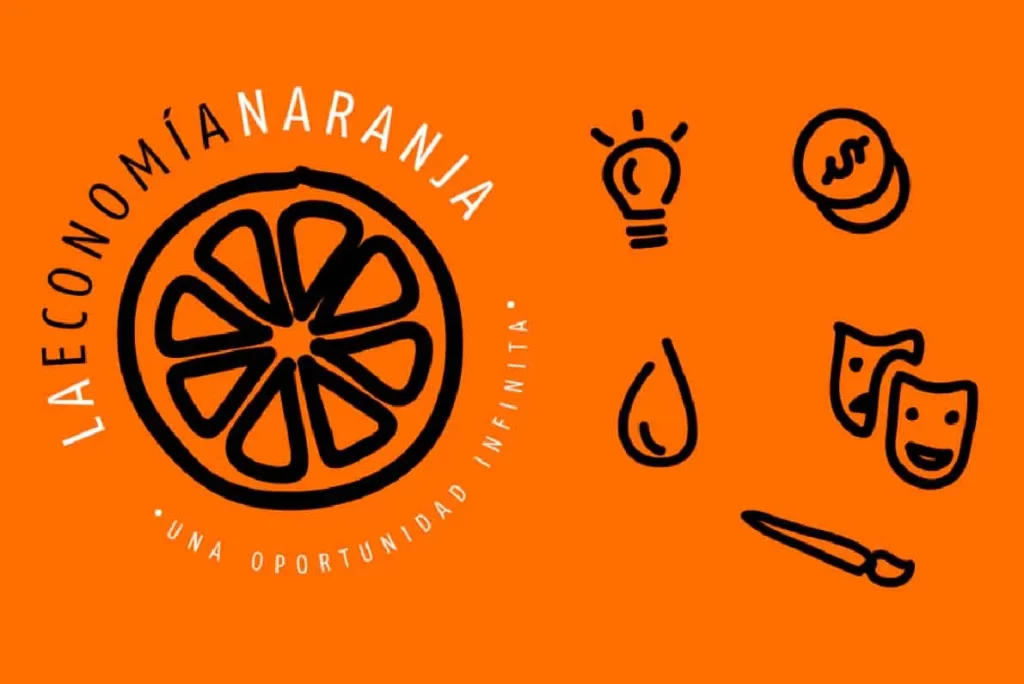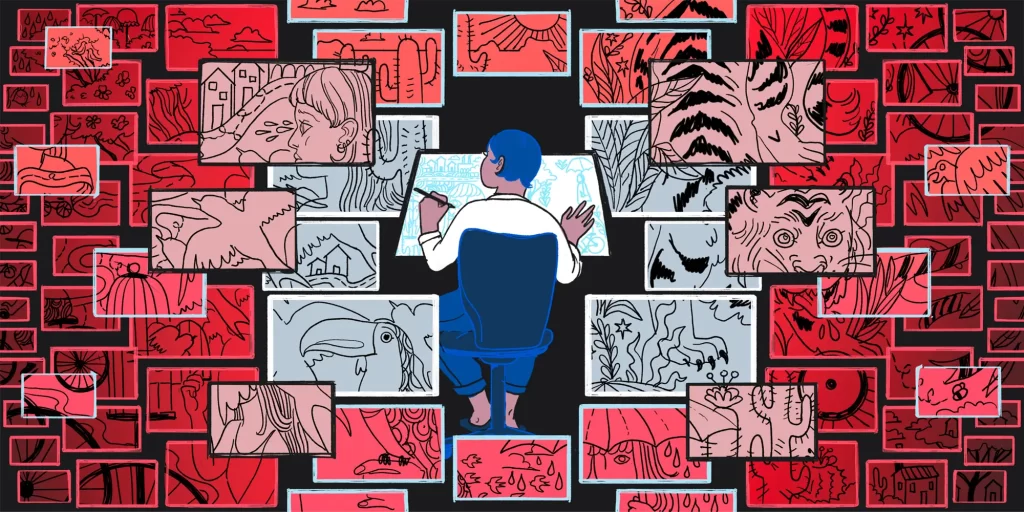Rich Dad Poor Dad is a self-help personal finance book written by Robert Kiyosaki which portrays the reason behind why do rich people get richer and the poor ones get poorer. The book has inspired millions of people.
The book makes our brain exercise between how money really works? and what we think it works like? The book makes the reader think twice about the conventional finance terms such as an asset. Anyone familiar with the term asset would define it as anything that has value but according to the book an asset is something that generates cash flow. According to the book our home is not an asset as it does not generate any cash flow rather it adds cost such as tax, maintenance etc.
The author compares the mind-set of the Rich people denoted by his Rich Dad and that of the poor people denoted by his Poor Dad. His poor dad asks him to go to school and get good grades which will eventually help him getting good job, whereas his rich dad asks him not to follow the crowd and focuses on training him on what Financial literacy is and how do rich people use them.
The book is very well divided into 6 Lessons:
- The Rich Don’t work for Money
If we read the title as “The rich don’t work for money” that’s a wrong one. The rich in fact work very hard and learn to make money. The title should be read as “The rich don’t work for money” rather they make the money work for them by being financially literate and aware. They don’t make money just to pay for their expenses rather they earn a lot more than being able to pay for expenses.
It is the poor who thinks that money is about possession of materialistic things such as expensive wheels, lavish penthouses. The rich is quite frugal and drive an old car and does not own a mansion.
- Why teach Financial literacy?
This lesson defines why is Financial Literacy a very important subject that everyone must learn and apply. This lesson seems to be quite controversial as it mainly focuses on the topic “asset” which has a different definition according to the author as the author believes that an asset is not just what has a value but must have a cash flow i.e. it generates income and “Liability” is that incurs cost.
Here he explains again with an example of a House which is our Primary Residence is not an asset as it does not generate any income rather it has cost related to it. Whereas a house given out for rent is an asset as it generates income for us.
So overall this lesson focuses on Rich accumulates assets as defined by author and the poor is trapped by the liabilities.
- Mind your own Business
This lesson was short and sweet revolving around the point that one must focus on paying the debts first and then start investing as soon as possible on the assets defined by the author.
- The history of Taxes and the power of Corporations
This lessons explains the various tax dodges one can use on their day to day transactions to minimize the tax burden. This shows the benefit of keeping money in a corporate structure as an individual which also has its own negative consequences.
- The Rich Invent Money
This lesson focuses on how Kiyosaki made $40,000 in five hours with a good real estate deal.
I believe that in today’s era we can monetize by having our own intellectual property and through internet we can distribute and make a lot of money.
- Work to Learn- Don’t work for money
This lessons encourages the reader to be self-employed and work towards fulfilling their own dreams rather than working for someone else’s dream. Author emphasized that one must work to learn and must try to learn as much as possible and not work merely for money. When we work to learn and not for money we are away from the rat trap which others are into.
This book overall helps to re think and challenge the status quo about the personal finance and shows us the glimpse of the difference between the thoughts of the rich and the poor people.
By Ankit Nemani
Image Source: www.mortgagestrategy.co.uk




